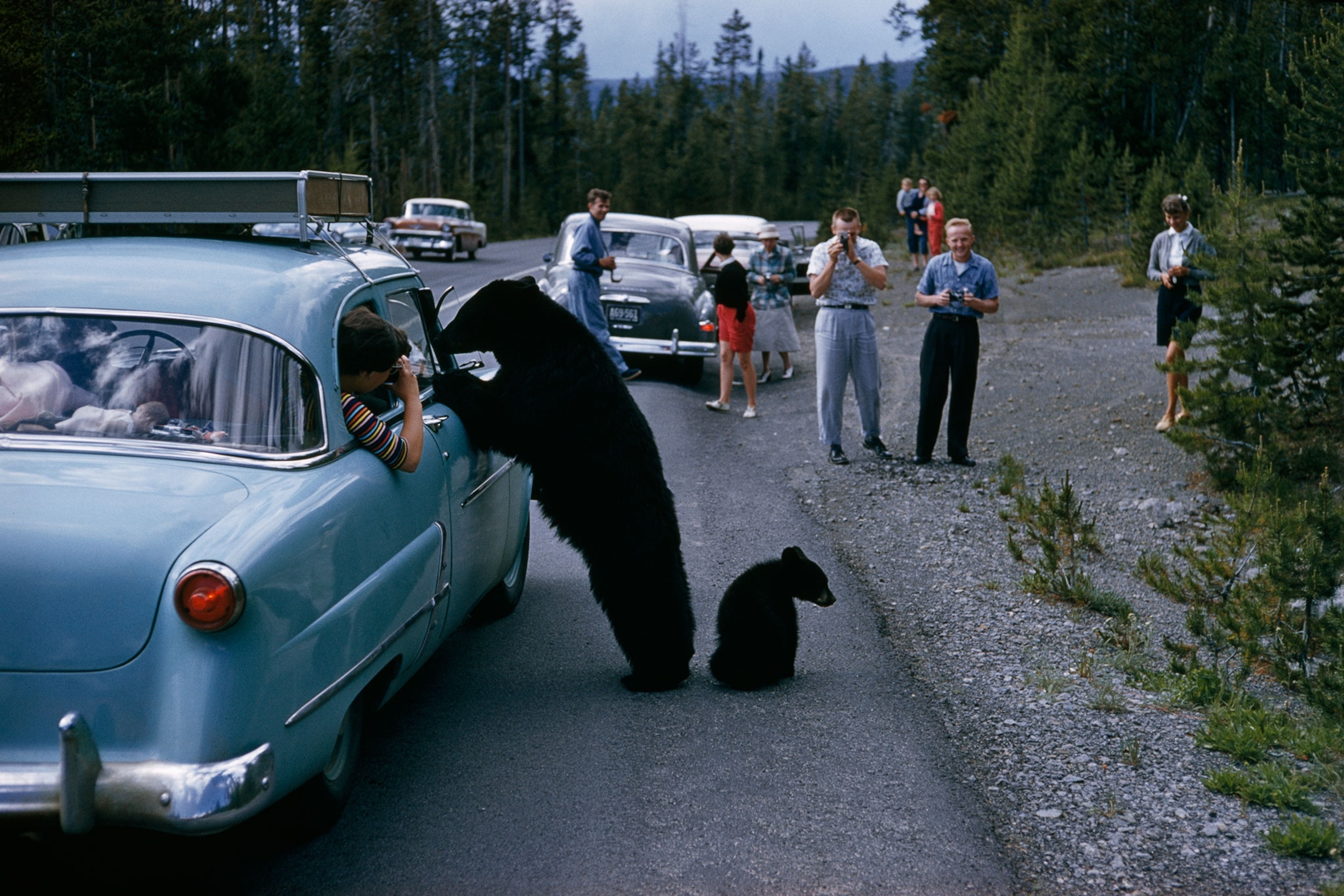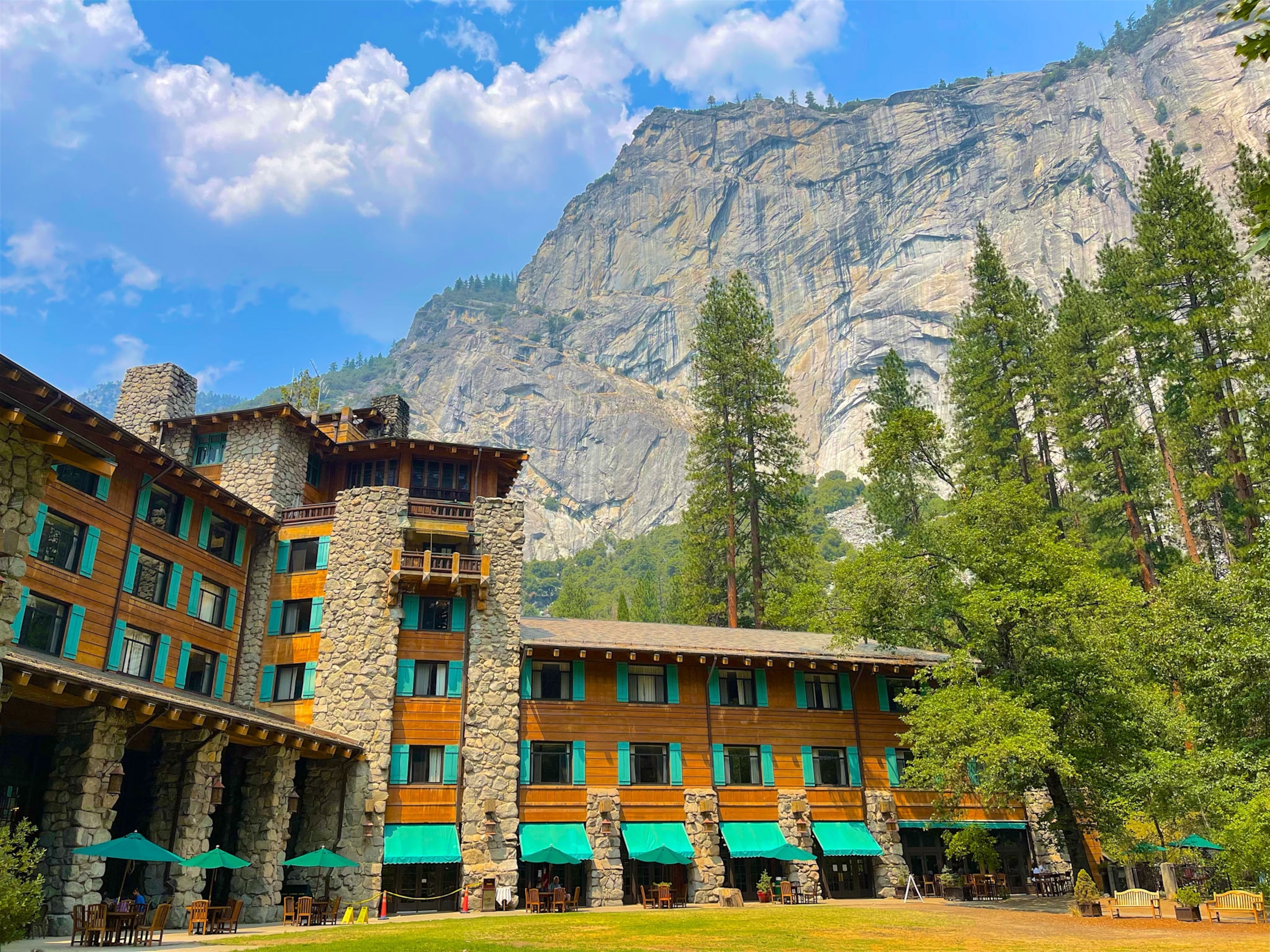
6 Accidents That Actually Happened in National Parks
Enjoy your trip, but follow the rules—they're there to protect both parks and people.
Every year, accidents happen at national parks, usually because visitors forget that they’re in the wild. You can avoid unfortunate incidents—like the ones below— by always following park regulations, and telling a ranger if you see dangerous activity.
Don’t Go Near the Edge
To scare his teenage daughter on a 1992 trip, a father stood on the guardrail at Grand Canyon National Park, and pretended to lose his balance by windmilling his arms, but actually lost his footing and fell 400 feet to his death.
Don't Pose With Wild Animals
A woman and her six-year-old daughter were snapping a selfie in Yellowstone with backs turned to a wild bison–only six yards away. The massive animal attacked and tossed her into the air; she escaped with only minor injuries.
Don’t Break the Rules
A tourist dove headfirst into the scalding 200°F Celestine Pool—one of Yellowstone National Park’s 10,000-odd geothermal features—to try to rescue his friend’s yelping dog in 1981.
Don't Fly Drones
A tourist seeking to take photos in Yellowstone crashed a camera-equipped drone into its largest hot spring, the Grand Prismatic Spring. The 2014 incident followed a ban on these so-called unmanned aerial vehicles and left park officials puzzled over how to fish the equipment out of the prized geothermal feature.
Don’t Feed Wild Animals
A boy picnicking with his parents near Yosemite National Park’s Wawona Hotel in 1977 died from a stab wound by sharp antlers after he offered a potato chip to a mule deer.
- National Geographic Expeditions
Don’t Hike in Heels
In order to prevent injuries in Grand Canyon National Park, park rangers at the top of the winding Bright Angel Trail have to remind glamorous tourists that the rocky terrain is a pain for anyone wearing high heels.
This article was adapted from its original appearance in the May 2015 issue of National Geographic Traveler magazine.
































































